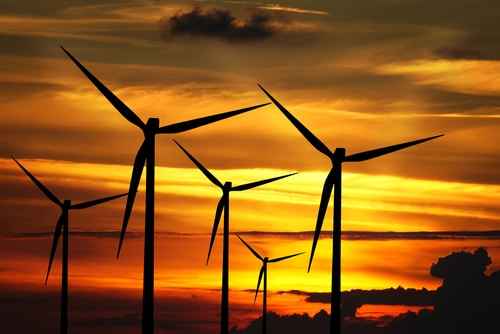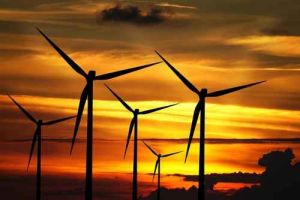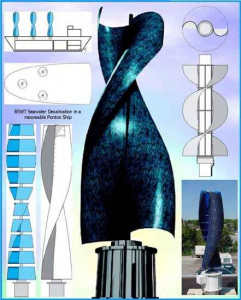MarketReportsOnline have made available a major report on the cost of wind power energy, then, now and in the future. It is available here: http://www.marketreportsonline.com/395631.html.
The report begins by covering the basics that most in the industry would concur with: The research says that wind power is a capital intensive industry with most of the investment required upfront at the start. The largest capital cost component is the wind turbine itself which can account for well over half of the total capital cost of an onshore wind farm installation.
Costs for offshore wind farms are higher because of the more expensive operating environment (and higher maintenance costs) and the greater difficulty establishing a solid foundation in the water. That means that the proportion of capital cost taken by the turbine is generally lower than onshore.
But what of the cost of turbines? Turbine cost fell from 1980 until 2002 when prices started to rise again, peaking in 2009 before falling again. The good news is that technological advances and greater overall efficiency are continuing to bring costs down. This in turn appears to be feeding into general capital costs which are following turbine prices by also falling.
The report highlights that there are regional variations in capital costs, with costs lower in India and China than in Europe or the USA. However these regional differences are narrowing as the wind energy market becomes more global. All this mean that the cost of electricity from wind plants is falling too and onshore wind is beginning to compete with other technologies. When will wind-generated electricity be able to stand toe-to-to with conventional sources of power generation? The report highlights a growing consensus that onshore wind will reach parity in many parts of the world by 2020, possibly even before. By the end of the decade wind power could be the second cheapest source of electricity after natural gas in many markets. Offshore wind will take somewhat longer, but could also have parity with other forms of non-renewable power generation by the 2030’s.
Growth of wind power is expected to continue strongly in the major markets of Europe, Asia and North America. Markets in Latin America are advancing also, but more slowly while wind power in Africa remains a rarity- perhaps even a novelty at the moment, which is a shame given the rich wind resources to be had there.
The bottom line is that wind power is generally moving in the right direction to compete with non-green energy in years rather than decades, provided investors and governments don’t lose their nerve.
This report is aimed, primarily, at a rather specialist audience such as power utility strategists, energy analysts, research managers, power sector manufacturers, wind power developers, investors in renewables systems and infrastructure, and renewable energy developers.




